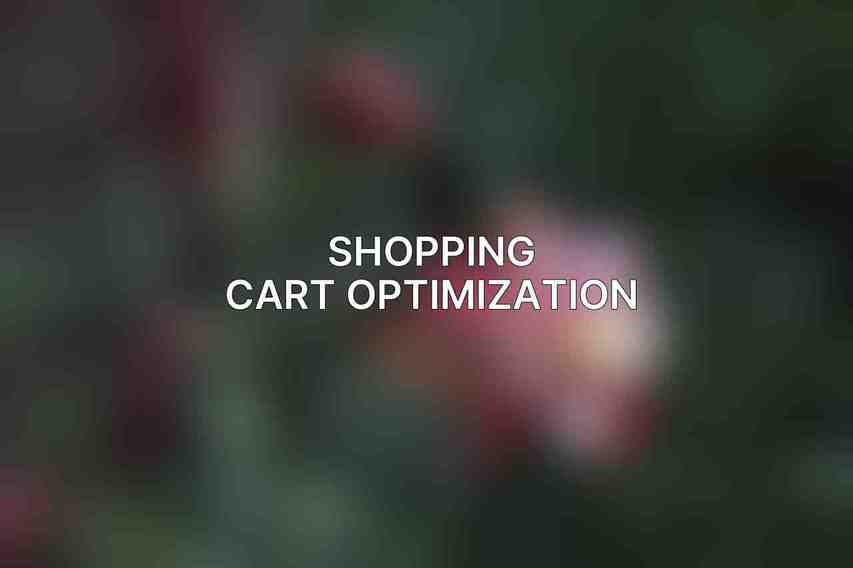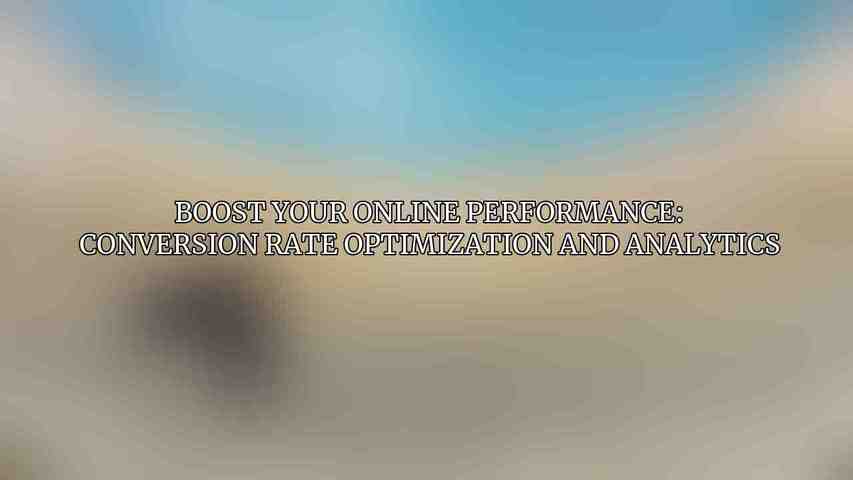conversion rate optimization (cro) plays a pivotal role in enhancing online performance. cro refers to the systematic process of increasing the percentage of website visitors who take a desired action, whether it’s making a purchase, filling out a form, or subscribing to a newsletter. The fundamental goal of CRO is to maximize the effectiveness of a website in achieving business objectives.
The significance of CRO in Digital Marketing cannot be overstated. By focusing on optimizing the user journey and experience, businesses can effectively drive conversions without significantly increasing their advertising expenditure. CRO empowers organizations to make data-driven decisions that lead to improved conversion rates and higher returns on investment.
Benefits of CRO for Businesses
Implementing Conversion Rate Optimization strategies can yield a multitude of benefits for businesses, including:1. Increased Revenue: By converting a higher percentage of website visitors into customers, businesses can directly impact their bottom line.2. Enhanced User Experience: Improving website functionality and usability not only boosts conversions but also enhances customer satisfaction.3. Cost-Effectiveness: Rather than solely focusing on attracting more traffic, CRO utilizes existing traffic more efficiently, resulting in cost savings.4. Valuable Insights: Through CRO techniques, businesses gain valuable insights into customer behavior and preferences, enabling them to tailor their marketing strategies effectively.
CRO Techniques
When it comes to Conversion Rate Optimization, a combination of techniques is employed to analyze data, enhance user experience, optimize landing pages, streamline shopping cart processes, and leverage email marketing for increased conversions.
Data Analysis and Measurement

- Data Sources and Collection Methods: Utilize tools like Google Analytics, Heatmaps, and Session Recording to gather insights into user behavior.
- Key Metrics for Measuring Conversion Rates: Track metrics such as Conversion Rate, Bounce Rate, Average Order Value, and Click-Through Rate to evaluate performance.
User Experience Optimization
- Website Analytics and User Behavior Analysis: Understand how visitors interact with your website to identify areas for improvement.
- Usability Testing and Heatmaps: Conduct usability tests and analyze heatmaps to visualize user interactions and pain points.
- Information Architecture and Content Optimization: Ensure a seamless user experience through clear navigation and optimized content placement.
Landing Page Optimization
- Elements of a High-Converting Landing Page: Create compelling headlines, engaging visuals, clear CTAs, and persuasive copy to drive conversions.
- A/B Testing and Multivariate Testing: Test variations of landing pages to determine which design and content elements result in higher conversion rates.
- Copywriting and Call-to-Actions (CTAs): Craft persuasive copy and strategically place CTAs to encourage visitors to take desired actions.
Shopping Cart Optimization

- Cart Abandonment Analysis: Identify reasons for cart abandonment and implement strategies to reduce drop-off rates.
- Checkout Process Simplification: Streamline the checkout process by minimizing form fields and offering guest checkout options.
- Security and Trust-Building Measures: Display trust badges, secure payment options, and clear return policies to instill confidence in customers.
Email Marketing and Automation
- Email Segmentation and Personalization: Segment your email list based on user behavior and preferences to deliver targeted and relevant content.
- Email Content Optimization: Optimize subject lines, content, and visuals to increase open rates and drive conversions.
- Email Campaign Tracking and Analysis: Monitor email campaign performance using metrics like open rates, click-through rates, and conversion rates to refine future campaigns.
Stay tuned for the continuation…
Frequently Asked Questions
What is Conversion Rate Optimization (CRO)?
Conversion Rate Optimization (CRO) is the process of increasing the percentage of website visitors who take a desired action, such as making a purchase or filling out a contact form. Learn more about How Analytics Transform Social Media Marketing Strategies
Why is CRO important for my online performance?
CRO is important because it helps you maximize the value of your existing website traffic, ultimately leading to increased sales, leads, and revenue without the need to increase your advertising budget. Check this blog on SEO Analytics: Tracking and Improving Your Online Visibility
How can I start implementing CRO on my website?
To start implementing CRO on your website, you can conduct A/B testing, analyze user behavior with tools like Google Analytics, optimize your website’s design and content, and make data-driven decisions to improve your conversion rates.
What role does analytics play in CRO?
Analytics plays a crucial role in CRO by providing valuable insights into user behavior, identifying areas for improvement on your website, and tracking the success of your optimization efforts over time.
How can I measure the success of my CRO efforts?
You can measure the success of your CRO efforts by tracking key performance indicators (KPIs) such as conversion rate, average order value, bounce rate, and more. By analyzing these metrics, you can determine the impact of your optimization strategies and make informed decisions to further improve your online performance.

